Welcome to the world of monolithic dome homes, where innovative design meets eco-friendliness, and futuristic living becomes a reality. If you’ve ever dreamed of designing and living in a home that combines unique aesthetics, energy efficiency, and unparalleled durability, monolithic dome homes might just be the perfect fit for you. In this comprehensive guide, we’ll delve into the history, benefits, design considerations, and construction techniques of these fascinating structures, and provide you with the tips, tricks, and inspiration you need to design your dream monolithic dome home.
The concept of monolithic dome homes is not new, but it has evolved significantly over the years. These one-of-a-kind homes have become increasingly popular due to their many advantages, including energy efficiency, durability, safety, and eco-friendliness. As more and more people become conscious of their environmental impact and seek out sustainable housing options, monolithic dome homes are quickly becoming the choice for forward-thinking individuals and families.
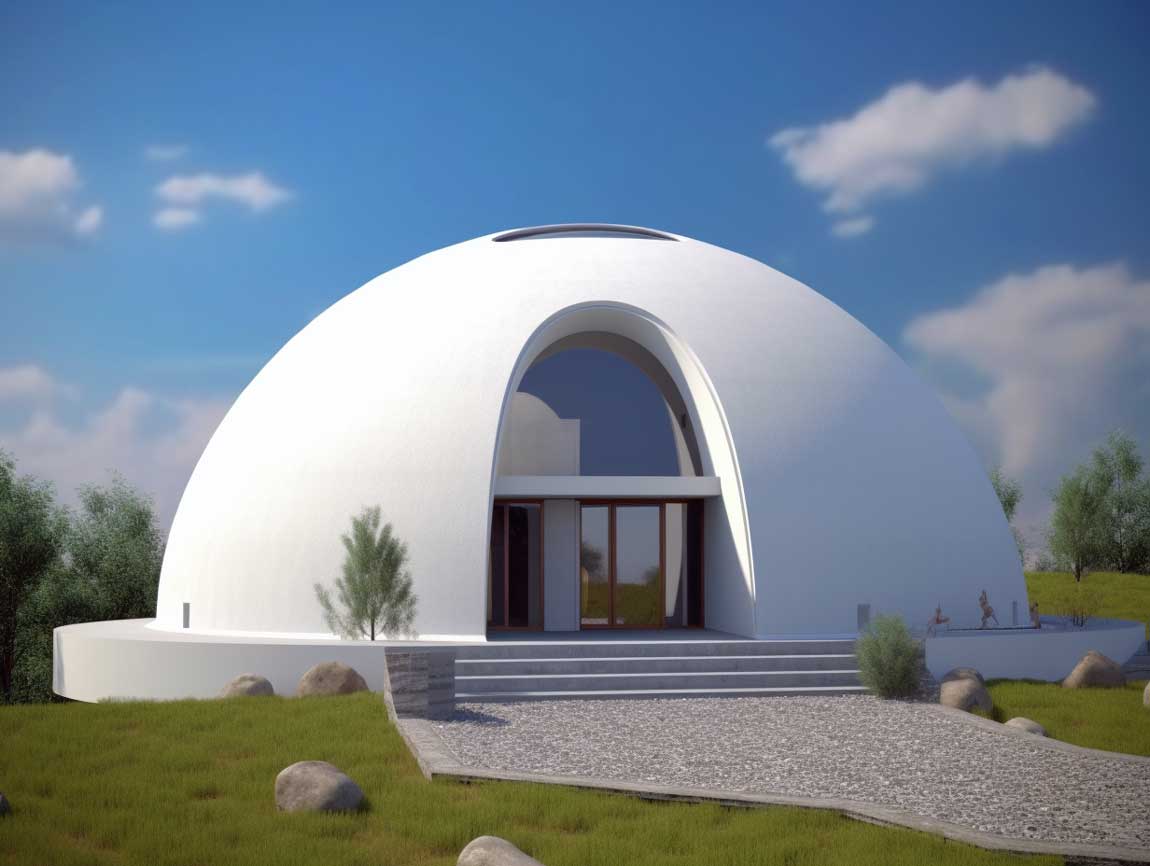
Designing a monolithic dome home is both an art and a science, requiring careful planning and an understanding of the unique properties of these structures. From site selection and dome shape to exterior and interior design elements, every aspect of the design process must be considered to create a home that is not only beautiful but also functional and efficient. In this article, we’ll explore the various design considerations, materials, and construction techniques used in the creation of monolithic dome homes, and provide you with the tools and knowledge you need to bring your vision to life.
Join us as we embark on a journey into the world of monolithic dome homes and discover the endless possibilities for designing your dream home. With the right information, creativity, and determination, you too can create a one-of-a-kind living space that reflects your unique style and values, while providing a sustainable and efficient environment for you and your family. Let’s get started!
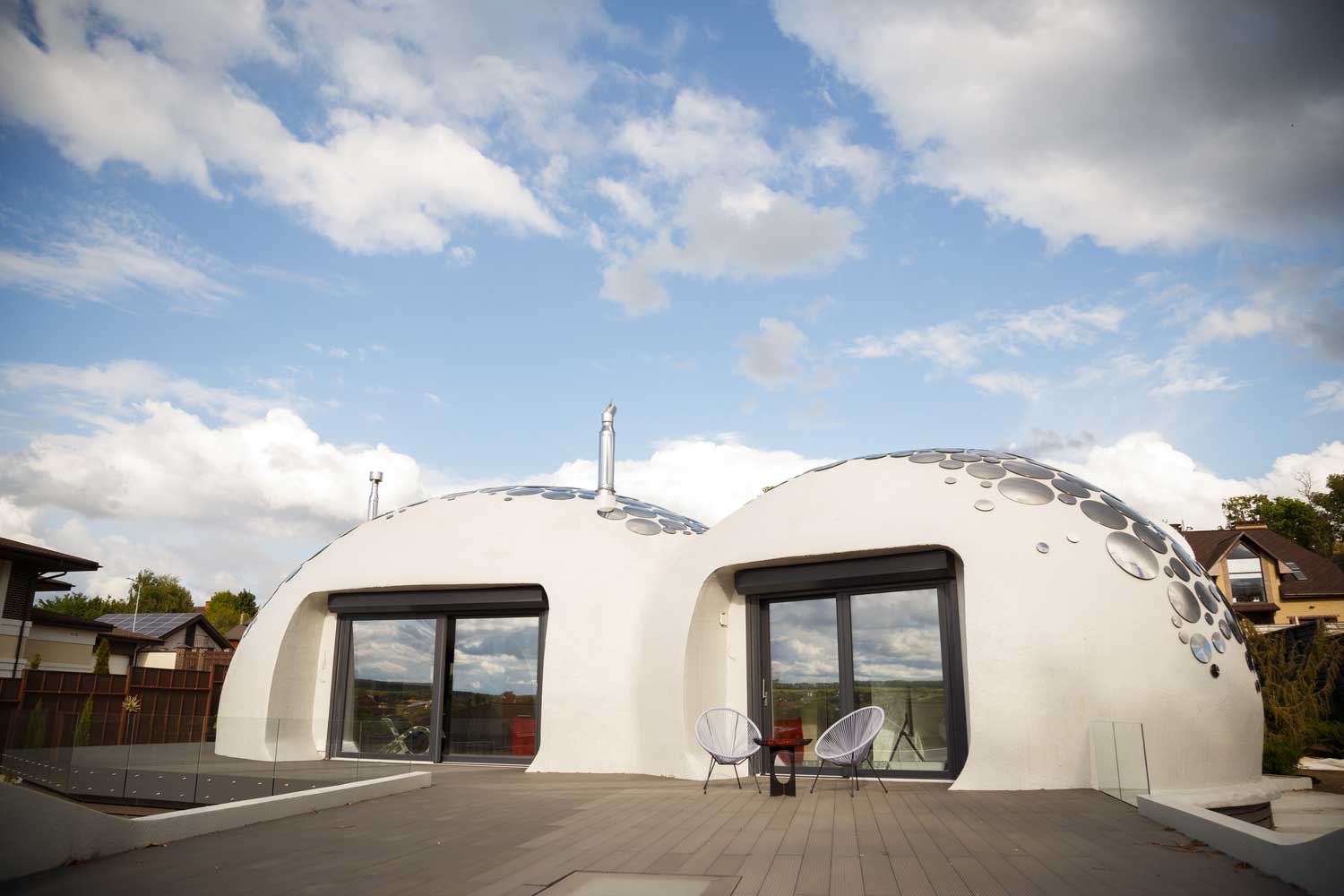
II. History and Evolution of Monolithic Dome Homes
Monolithic dome homes have their roots in the ancient architectural concepts of arches and domes, which were popularized by various civilizations, such as the Romans, Byzantines, and Ottomans. However, the modern monolithic dome home owes its development to the pioneering work of Dr. Wallace Neff, who built the first “Bubble House” in 1941. This innovative design was further refined in the 1970s by David B. South and his brothers, who established the Monolithic Dome Institute to promote the use of these structures in various applications.
Over the years, monolithic dome homes have evolved from simple, utilitarian structures to elegant, contemporary homes. Advances in materials and construction techniques have allowed for greater design flexibility, enabling architects and homeowners to create stunning, eco-friendly homes that cater to a wide range of tastes and preferences.
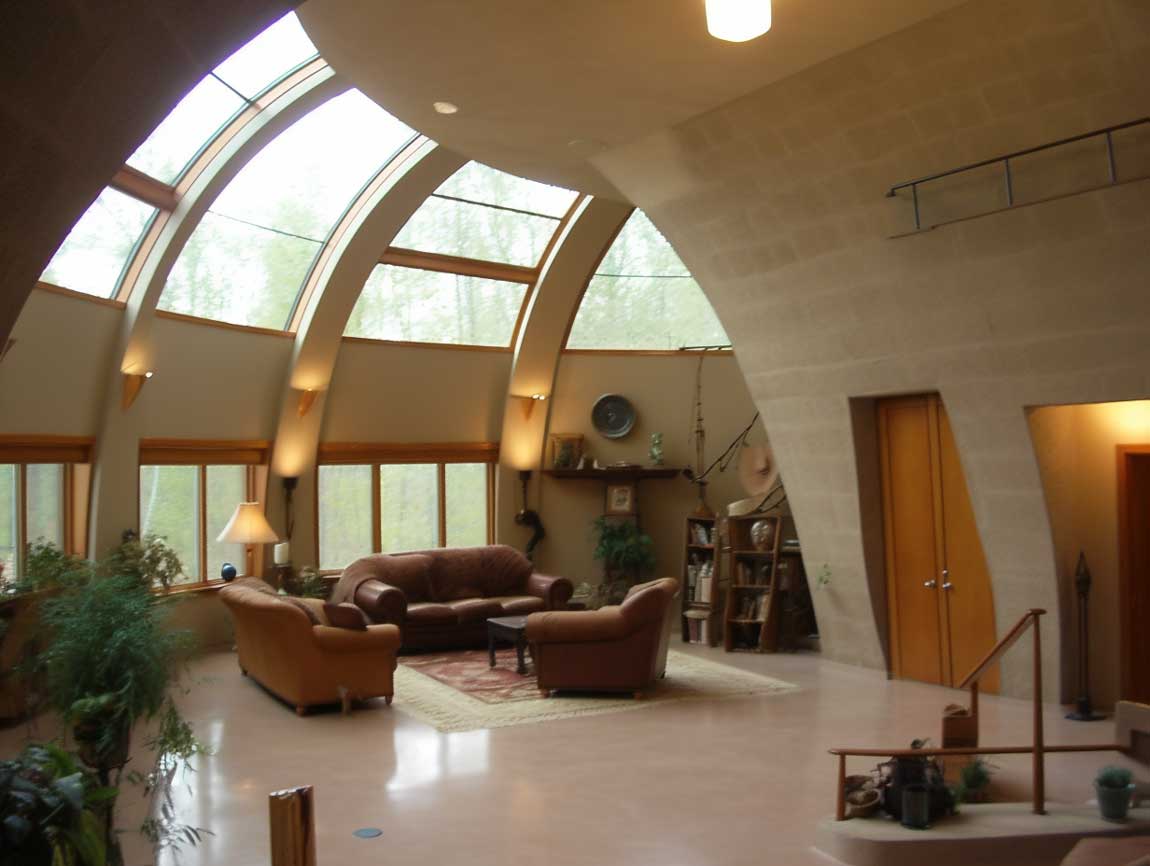
III. Benefits of Monolithic Dome Homes
A. Energy Efficiency
One of the primary advantages of monolithic dome homes is their energy efficiency. The combination of an insulated concrete shell and the thermal mass of the concrete walls results in a structure that maintains a consistent temperature with minimal energy input. This means that monolithic dome homes require less heating and cooling, which can lead to significant savings on energy bills.
B. Durability and Safety
Monolithic dome homes are known for their remarkable durability and safety features. The reinforced concrete shell provides a robust structure that can withstand extreme weather conditions, such as hurricanes, tornadoes, and earthquakes. In addition, the dome shape is inherently strong and stable, offering excellent resistance to natural disasters and providing a safe haven for occupants.
C. Sustainability and Eco-friendliness
As more people become concerned about the environment, monolithic dome homes offer a sustainable and eco-friendly alternative to traditional housing. These homes use fewer resources in construction and operation, produce less waste, and have a smaller environmental footprint. Additionally, their energy efficiency helps reduce greenhouse gas emissions, making them an excellent choice for those looking to minimize their impact on the planet.

IV. Design Considerations for Monolithic Dome Homes
A. Site Selection
Choosing the right site for your monolithic dome home is crucial to its overall design and functionality. Consider factors such as solar exposure, prevailing winds, and the natural contours of the land to optimize energy efficiency and capitalize on the unique features of your property.
B. Dome Shape and Size
Monolithic dome homes come in various shapes and sizes, including spherical, elliptical, and torus designs. The shape and size of your dome will influence its interior layout, structural requirements, and overall aesthetic. Take the time to explore different options and select a design that aligns with your needs and preferences.
C. Exterior and Interior Design Elements
The exterior and interior design of your monolithic dome home can be customized to suit your unique style and taste. Consider incorporating features such as large windows for natural light, skylights, and custom finishes to create a visually appealing and functional living space. Don’t forget to think about the flow of interior spaces, storage, and accessibility to ensure a comfortable and practical home.

V. Materials and Construction Techniques
A. Airform Fabrication
The first step in constructing a monolithic dome home is the creation of an airform, which serves as the basis for the dome’s shape. Airforms are typically made from a durable, waterproof fabric and are inflated to provide a temporary formwork for the construction of the dome’s shell.
B. Insulation and Reinforcement
Once the airform is inflated, a layer of insulation is applied, followed by a steel reinforcement grid. This grid provides structural support and helps to distribute the load evenly across the dome’s surface.
C. Concrete Application
The final step in constructing a monolithic dome home is the application of concrete to the interior of the airform. This is typically done using a shotcrete or sprayed concrete process, which involves spraying a mixture of cement, sand, and water onto the reinforced insulation layer. The concrete cures and hardens, forming a strong, monolithic shell that encapsulates the insulation and reinforcement.
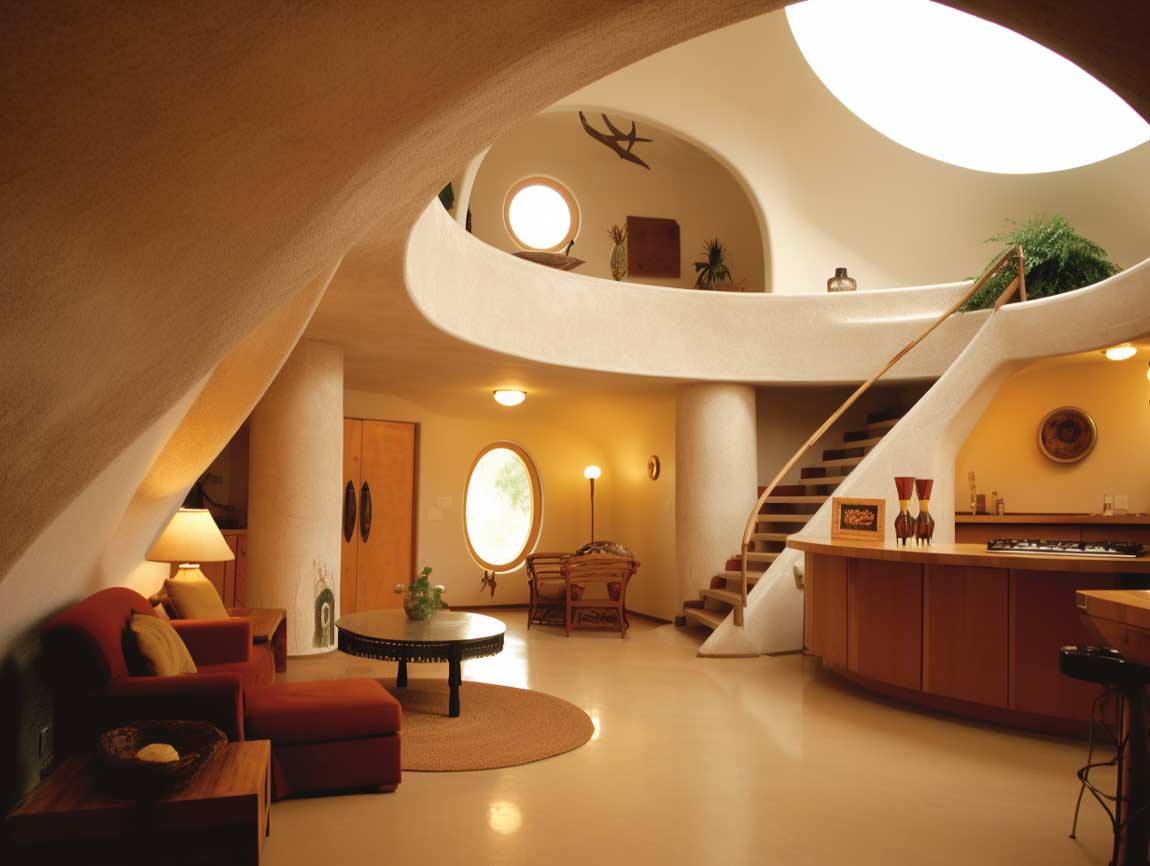
VI. Popular Monolithic Dome Home Styles and Designs
There are countless styles and designs to choose from when it comes to monolithic dome homes. Some popular options include:
- Geodesic Dome: Inspired by the work of architect Buckminster Fuller, geodesic dome homes feature a series of interconnected triangles that create a lightweight, yet strong structure.
- Contemporary Dome: These modern designs incorporate sleek lines, minimalist interiors, and open floor plans, showcasing the versatility and adaptability of monolithic dome homes.
- Earth-Sheltered Dome: By partially burying the dome structure in the ground, earth-sheltered domes offer increased insulation and energy efficiency, as well as a unique aesthetic that blends seamlessly with the surrounding environment.

VII. Designing Your Monolithic Dome Home
A. Planning and Visualization
The design process for your monolithic dome home should begin with a clear vision of your goals and preferences. Sketch out your ideas, create mood boards, and research existing dome homes for inspiration. Utilize visualization tools, such as 3D modeling software or physical models, to help refine your design and make informed decisions throughout the process.
B. Working with Architects and Engineers
Designing a monolithic dome home can be a complex undertaking, and it’s essential to collaborate with experienced architects and engineers who are familiar with these unique structures. These professionals can help guide you through the design process, ensure that your home meets all applicable building codes and safety standards, and offer valuable insights and advice to help bring your vision to life.
C. Customization and Personalization
One of the greatest advantages of monolithic dome homes is their potential for customization and personalization. From unique floor plans and interior layouts to custom finishes and decorative elements, you have the opportunity to create a one-of-a-kind living space that reflects your individual style and personality.

VIII. Real-life Inspirational Monolithic Dome Homes
To spark your creativity and help you envision the possibilities for your own monolithic dome home, consider exploring some real-life examples of these innovative structures. These homes showcase the versatility of monolithic dome designs and serve as a testament to the artistry and ingenuity of their creators:
- The Eye of the Storm: This hurricane-resistant dome home in South Carolina was designed to withstand the most extreme weather conditions while maintaining a striking, modern aesthetic.
- The Hobbit House: Located in the United Kingdom, this charming, earth-sheltered dome home was inspired by the whimsical architecture of J.R.R. Tolkien’s Middle Earth.
- The Desert Dome: Nestled in the arid landscape of Joshua Tree, California, this contemporary dome home features a minimalist design, solar power, and stunning desert views.
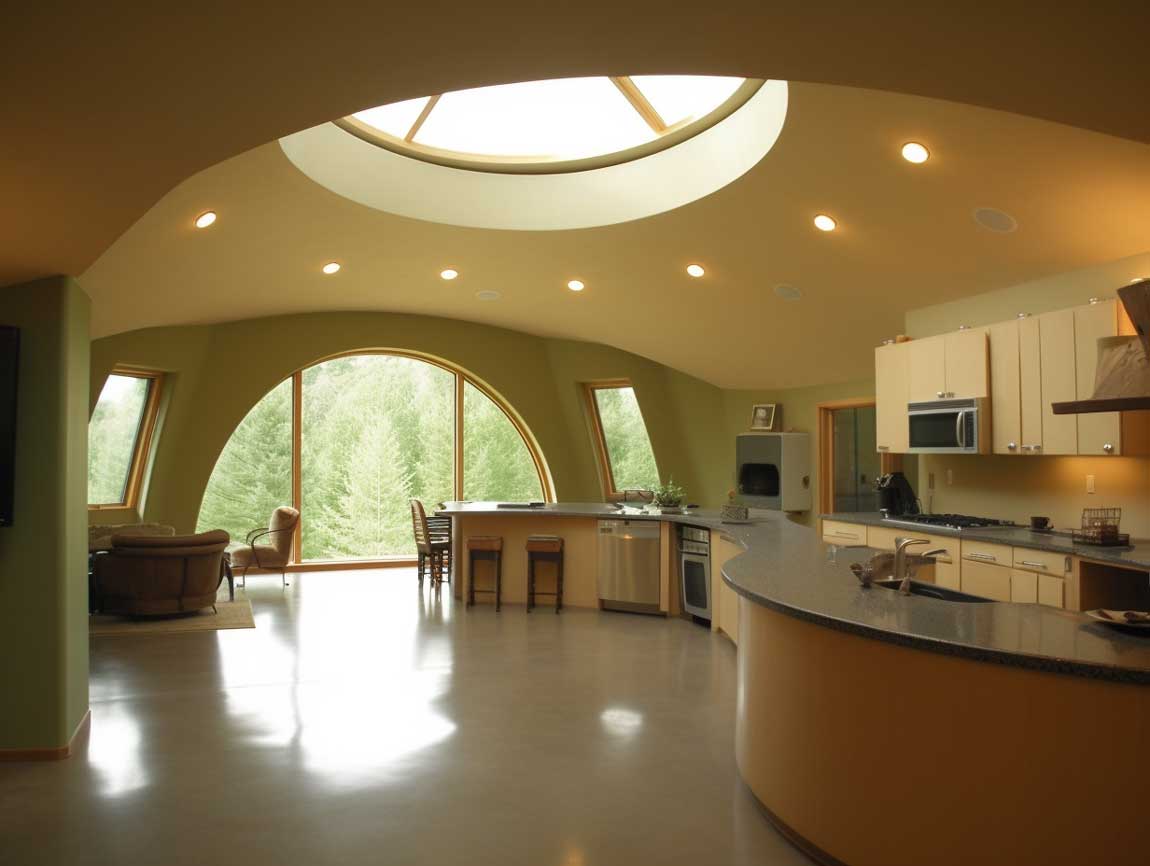
IX. Tips and Tricks for Designing Your Dream Monolithic Dome Home
- Think about the long-term: Consider your future needs and potential changes in your lifestyle when designing your monolithic dome home. This will help ensure that your home remains functional and adaptable throughout your life.
- Embrace natural light: Incorporate large windows, skylights, and light wells into your design to maximize natural light and create a bright, inviting living space.
- Consider acoustics: Due to their curved shape, monolithic dome homes can have unique acoustic properties. Work with an acoustics expert to optimize the sound quality within your home.
- Prioritize energy efficiency: Select materials, appliances, and systems that enhance the energy efficiency of your monolithic dome home, further reducing your environmental footprint and saving on energy costs. 5. Don’t be afraid to get creative: Embrace the unique properties and design possibilities of monolithic dome homes by experimenting with unconventional shapes, patterns, and features.

Designing your dream monolithic dome home is an exciting and rewarding journey, offering endless possibilities for customization, personalization, and innovation. By understanding the history, benefits, and construction techniques of these unique structures, and collaborating with experienced professionals, you can create a one-of-a-kind living space that combines art, science, and sustainability.
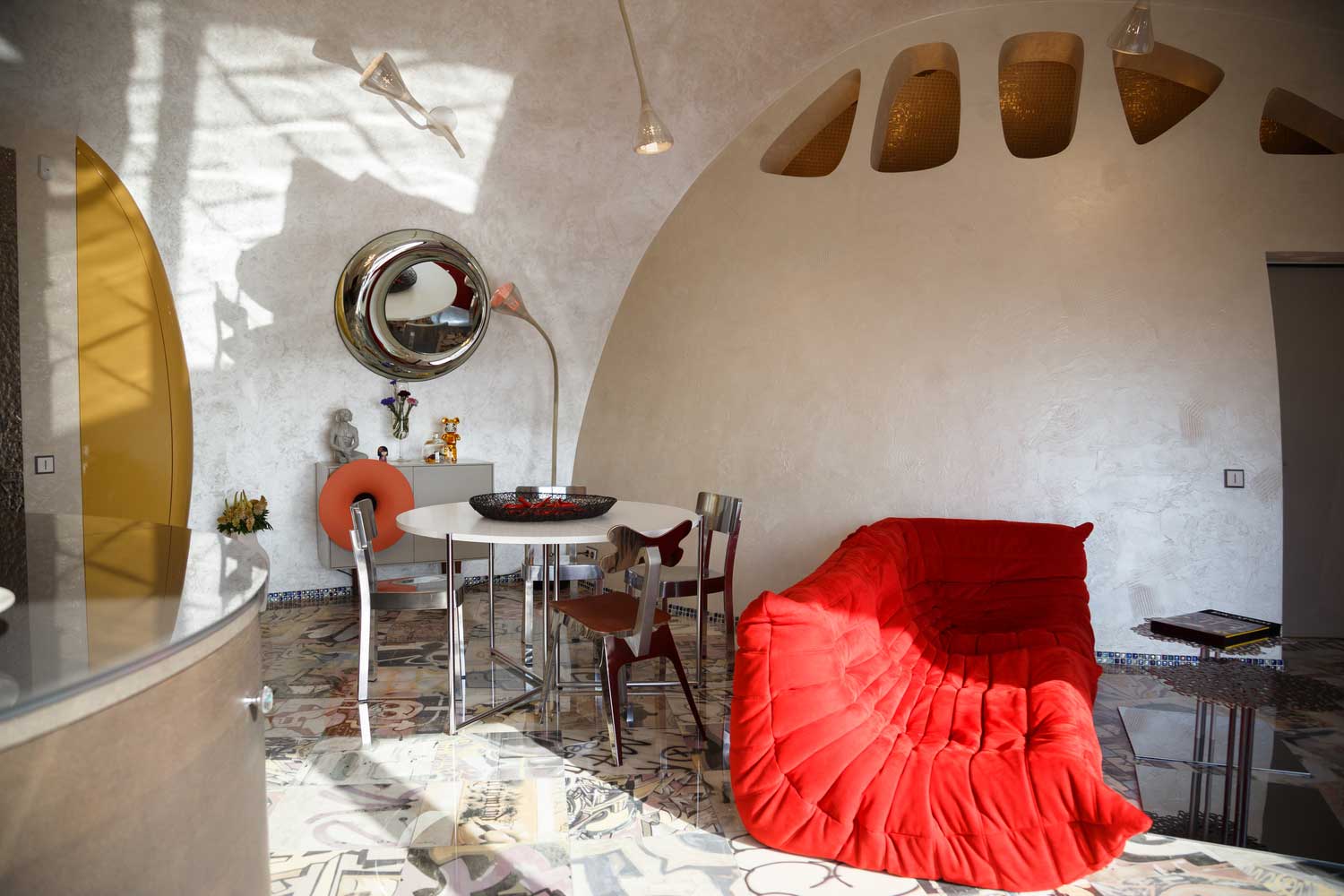
As you embark on this adventure, let your creativity and imagination guide you, and use the tips, tricks, and inspiration provided in this guide to bring your vision to life. With determination and a clear vision, your monolithic dome home will be a testament to your ingenuity and a reflection of your commitment to a sustainable and efficient lifestyle.












